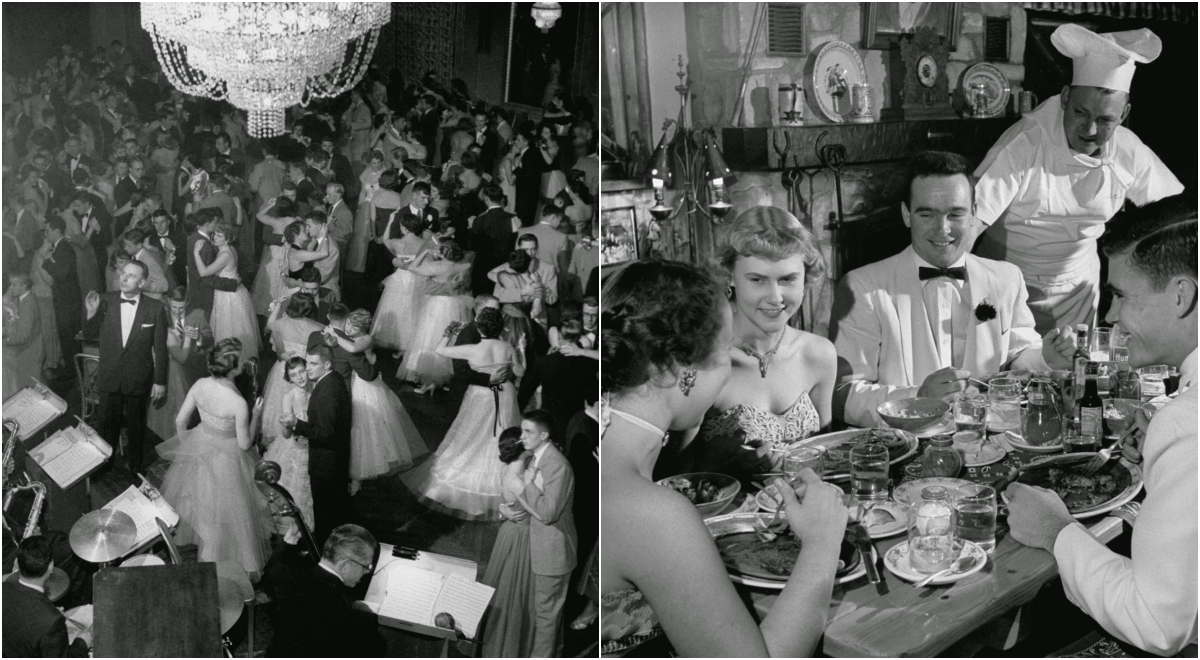
After World War II, Boeing reentered the commercial market with a new long-range airliner, the Stratocruiser (Model 377). It was the first Boeing commercial transport since the Stratoliner, and like its military counterpart, the C-97, was based on the B-29 Bomber. It possessed all the speed and technical improvements available to bombers at the end of the war.
The Stratocruiser’s first flight was on July 8, 1947. Its design was advanced for its day; its innovative features included two passenger decks and a pressurized cabin, a relatively new feature on transport aircraft. It could carry up to 100 passengers on the main deck plus 14 in the lower deck lounge; typical seating was for 63 or 84 passengers or 28 berthed and five seated passengers.
Pan American placed the first order for 20 Stratocruisers, worth $24 million, and they began service between San Francisco, California, and Honolulu, Hawaii, in 1949. Boeing built 56 Stratocruisers between 1947 and 1950. The airplane marked the company’s first significant success selling passenger planes to airlines in other countries.
During the early 1960s, Aero Space Lines ballooned the Stratocruiser’s fuselage into a whale-like shape to carry spacecraft sections. Nine of the variants were assembled. The first was called the “Pregnant Guppy,” followed by five larger “Superguppies” and three smaller “Miniguppies.”
Thanks you for viewing the articles, please like and share to your family !

















